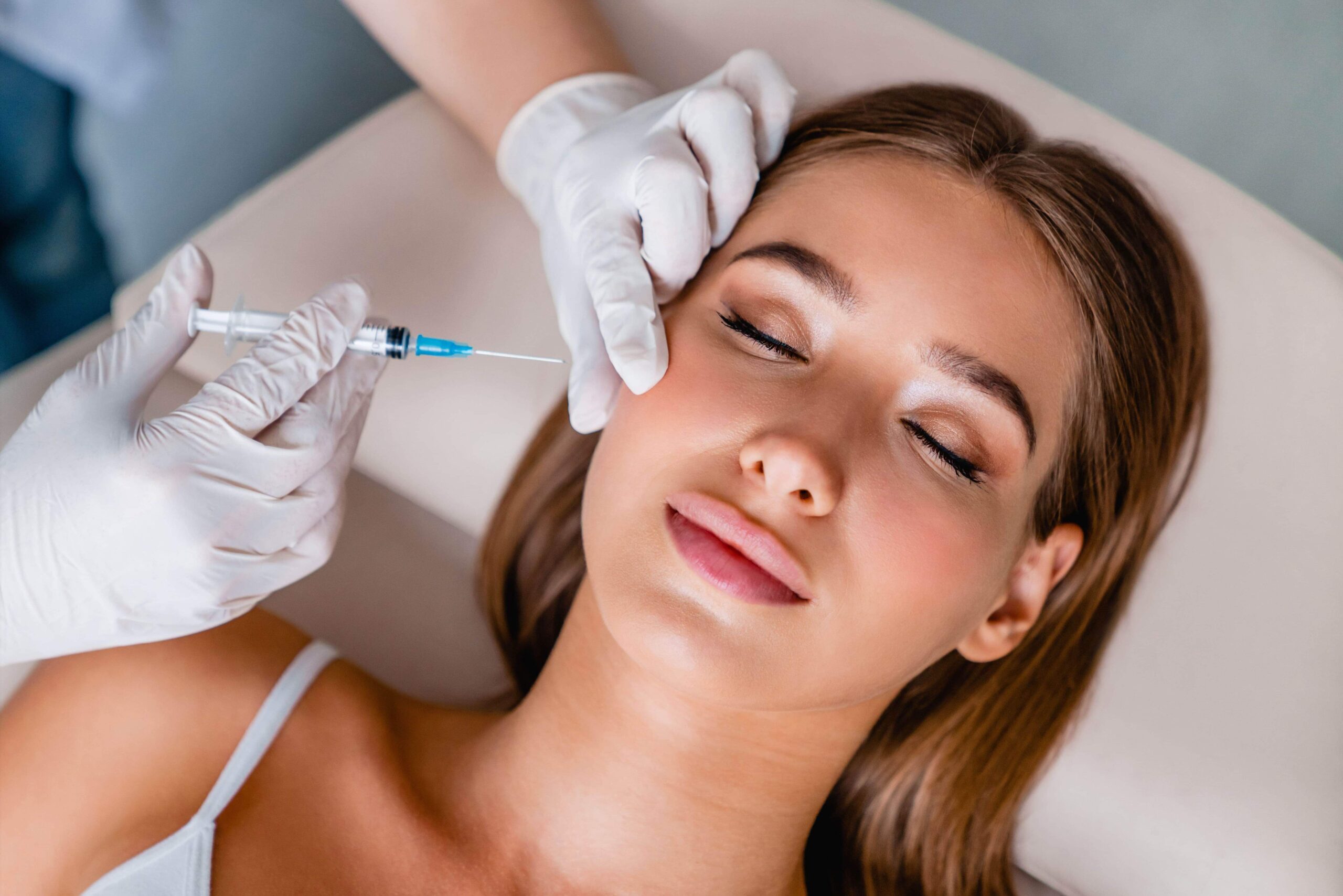Clinics and spas appear to be everywhere, especially those that provide Botox injections to reduce facial wrinkles. Understanding what Botox in SE Calgary can and, more significantly, cannot accomplish is crucial. Though Botox injections do have their benefits, it is not necessarily the best treatment for you.
Dynamic and static wrinkles on the face are two distinct types, and they require separate treatments.
The Science Behind Botox
The bacteria Clostridium botulinum build the neurotoxic protein known as Botox, aka botulinum toxin. It is well known for its cosmetic application in minimizing the look of fine and deep wrinkles on the face. However, it also has a number of medical uses and is used to cure a number of ailments.
It’s crucial to remember that only licensed medical dentists in SE Calgary should administer Botox. Despite the fact that it is generally safe, there may be some dangers or side effects from using it, such as brief bruising, drooping eyelids, or allergic responses. Therefore, in order to decide if Botox is right for you and to ensure safe administration, it is imperative that you speak with a healthcare professional.
Medical Uses for Botox
Beyond its aesthetic usage, Botox has a number of medical purposes. The following are a few ailments for which Botox is frequently prescribed:
- Botox is used to treat a variety of muscle-related diseases that are characterized by uncontrollable muscle contractions or spasms, such as dystonia and muscle spasms. It can effectively treat muscle spasms in the limbs (spasticity), face (hemifacial spasm), eyelids (blepharospasm), and neck (cervical dystonia).
- Adults with persistent migraines can use Botox to prevent these attacks, according to the FDA. In order to lessen the frequency and severity of migraine headaches, Botox injections are administered to specific locations of the head and neck.
- Botox injections can help manage hyperhidrosis (excessive sweating) by preventing the release of acetylcholine, which causes perspiration to be produced. It is frequently used to treat excessive sweating of the palms and soles of the feet or underarms (axillary hyperhidrosis).
- Urine urgency, frequent urination, and urine incontinence are all signs of an overactive bladder, which can be treated with Botox injections into the bladder muscle. The toxin calms the bladder muscle’s overactivity.
- Botox is used to treat conditions affecting the eye muscles, including strabismus (eye misalignment) and blepharospasm (involuntary twitching or closing of the eyelids). Botox near you can help improve eye alignment or lessen eyelid spasms by weakening the targeted muscles.
- Botox injections can help people with temporomandibular joint dysfunction (TMJ) by easing jaw muscle tension and lowering pain and discomfort brought on by jaw clenching or teeth grinding.
- Spasticity after a stroke: Spasticity after a stroke is characterized by muscle rigidity and uncontrollable contractions. The afflicted muscles can be made more mobile and relaxed by Botox injections.
Remember, a trained healthcare expert familiar with Botox’s medicinal uses should be providing treatment for these medical ailments. Depending on the particular ailment being treated and the demands of the individual, the dosage and injection sites may change.
Botox for Jaw Pain and TMJ Disorders
Botox assists individuals with TMJ symptoms by relaxing tight jaw muscles and reducing pain. Although Botox is often suggested as a supplement to other TMJ-issue therapies, it might be sufficient for some symptoms! In addition, TMJ dysfunction symptoms might continue for up to three months with Botox.
Botox for Depression and Anxiety
Since chronic disorders that may cause anxiety are frequently treated with Botox, its success in treating the underlying issue may also indirectly reduce anxiety. Two different types of muscles in the glabellar region, located in the lower middle of the forehead, tighten when people are stressed or irritated. Here, frown or worry lines may develop. The muscles in the glabellar area are immediately paralyzed by Botox injections. Due to the close relationship between facial expressions and emotions, when facial muscles relax (as a result of paralysis), so does the intensity of feelings.
This strategy is also successful at treating borderline personality disorder. Botox changes emotions by breaking the feedback loop between the brain and the muscles in the forehead.
In a trial, borderline patients received injections of Botox, and within just four weeks, their symptoms had dramatically decreased, a shift that was also seen on MRIs. The control group, whose members underwent acupuncture therapy to reduce facial muscle tension, likewise noticed some symptom reduction, but their MRIs showed no differences.
Visit Us at Inglewood Family Dental
Each procedure starts with an initial consultation with a dentist near you, who will look at your face and ask you specific questions about your goals. To schedule an appointment or to seek a free consultation, get in touch with us right now.


